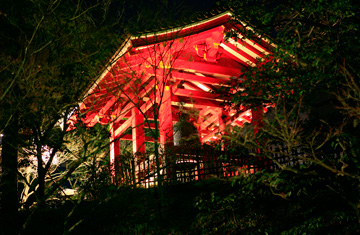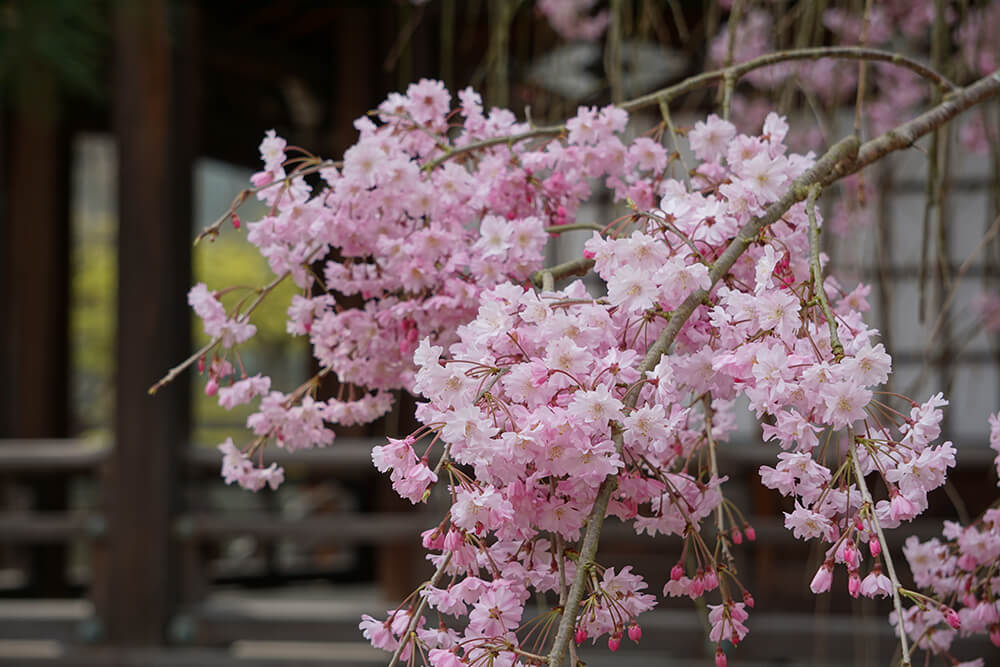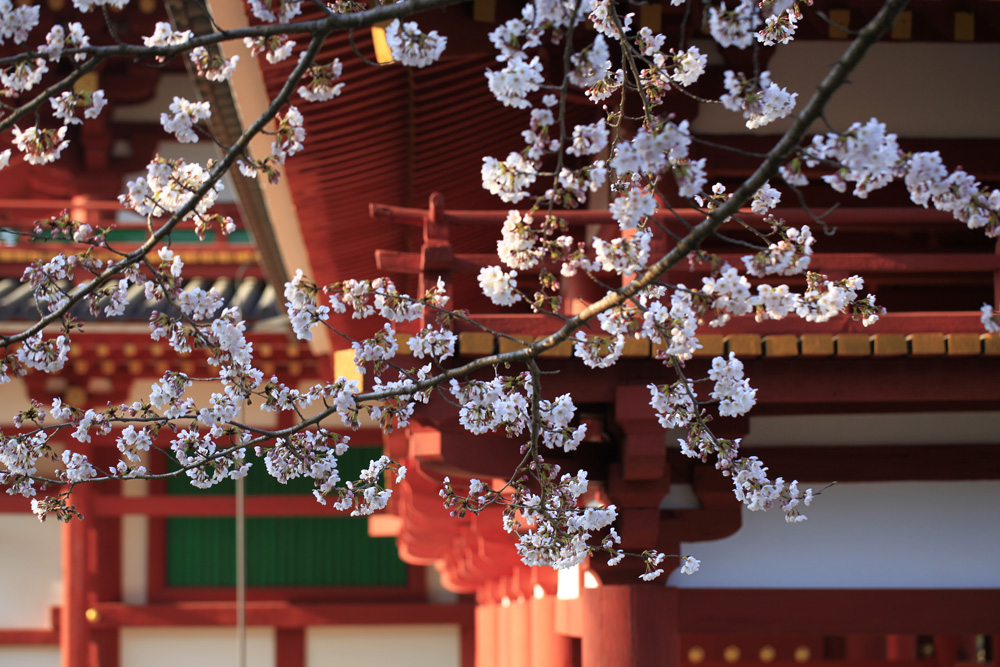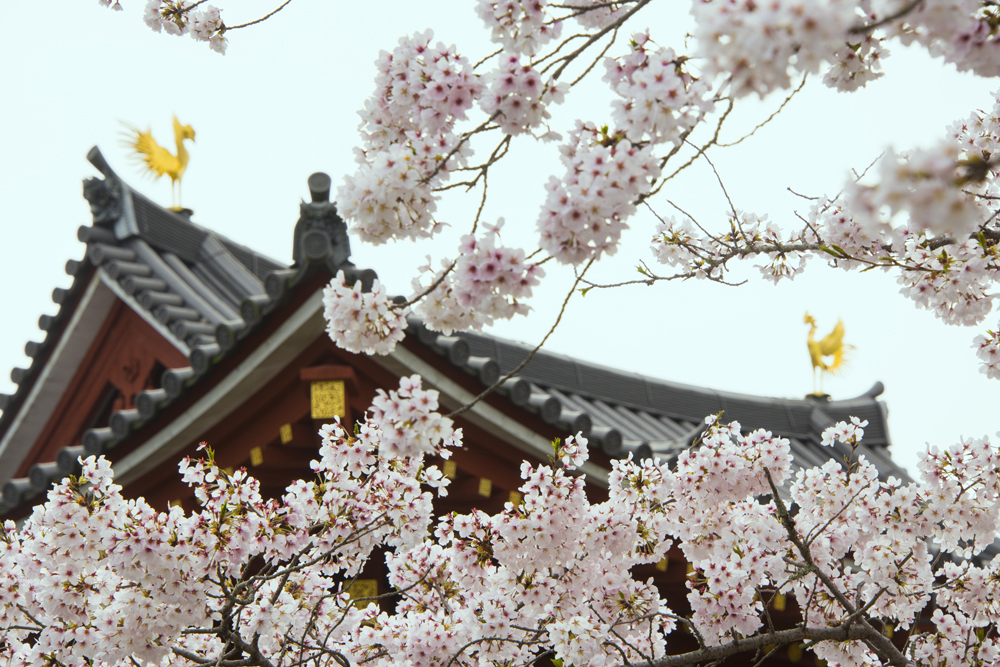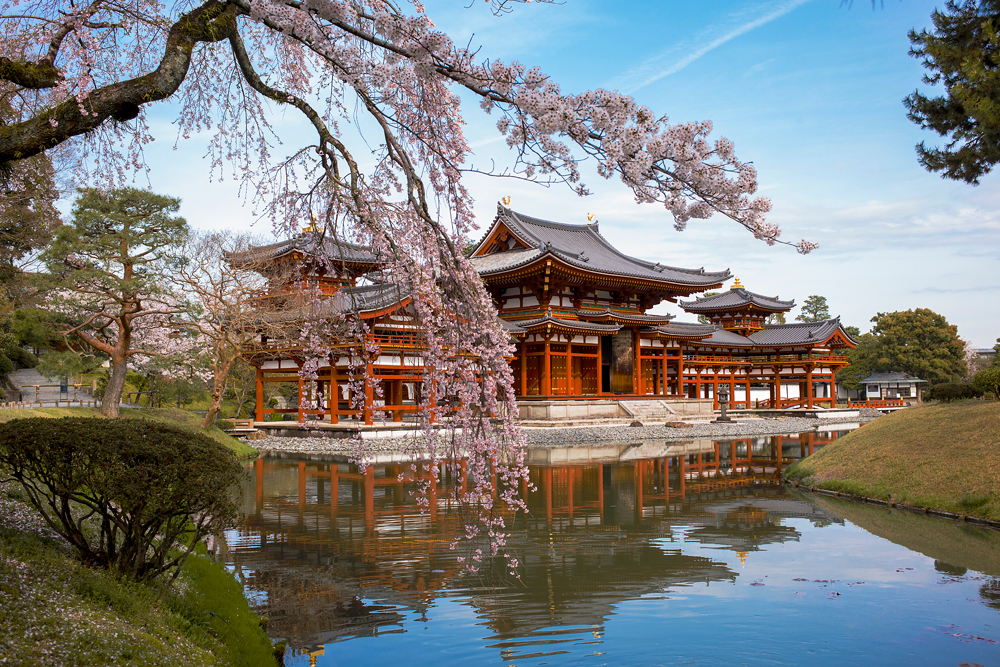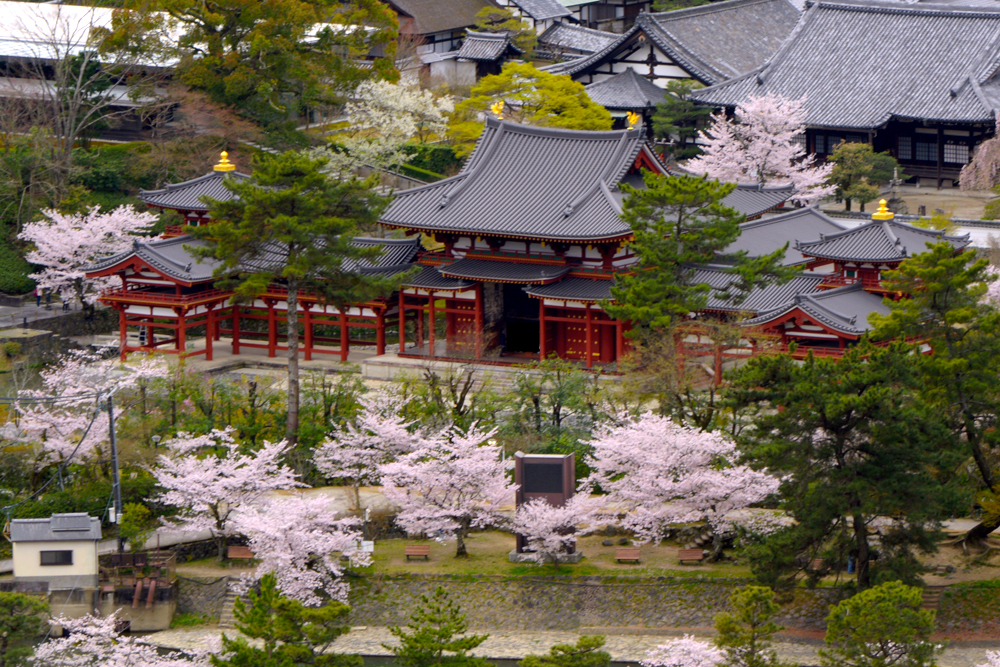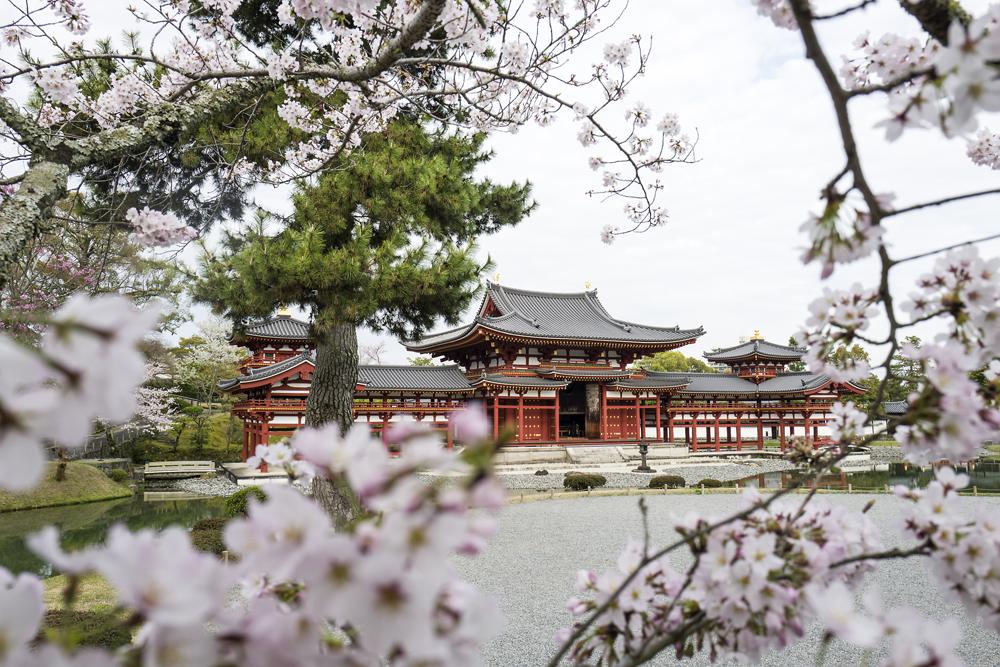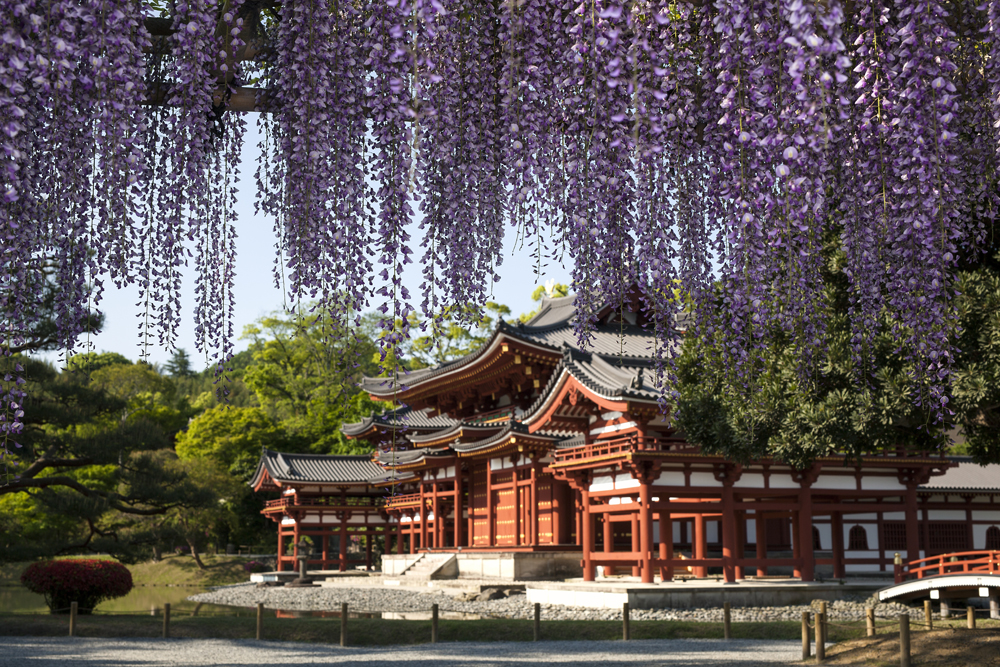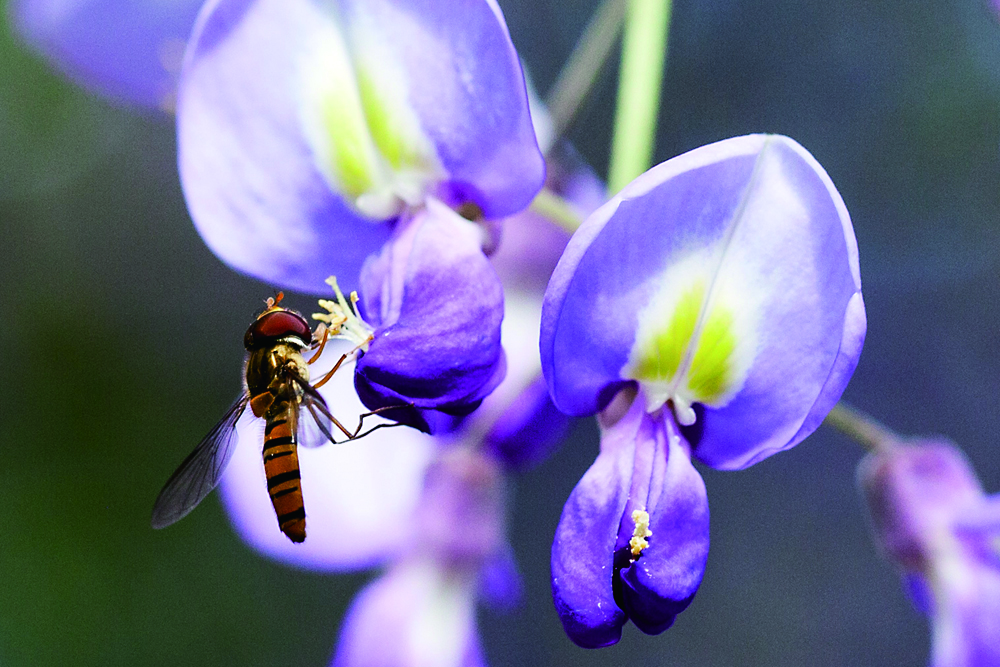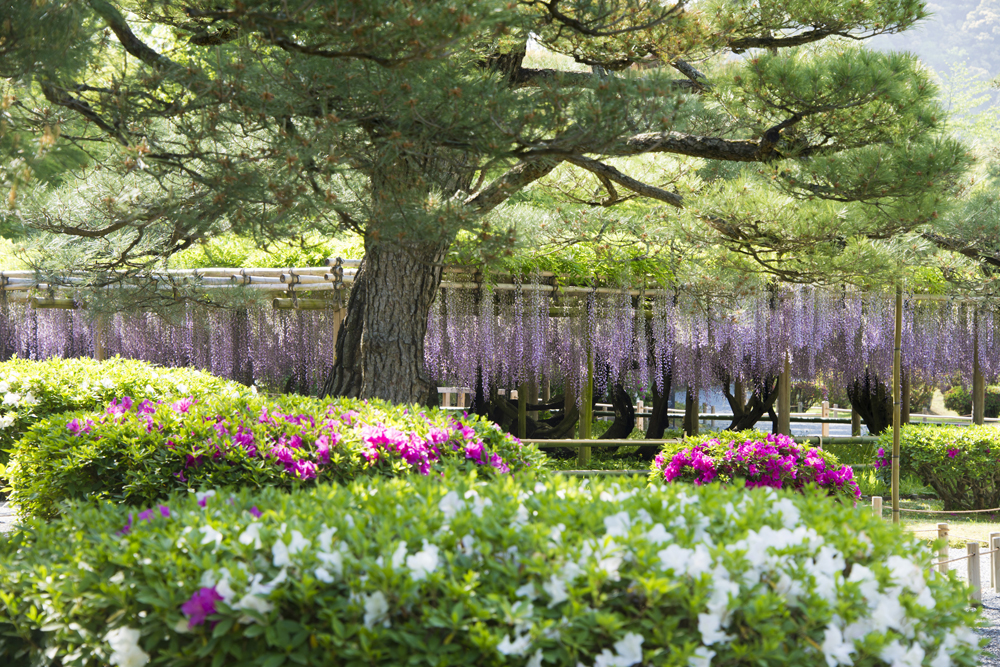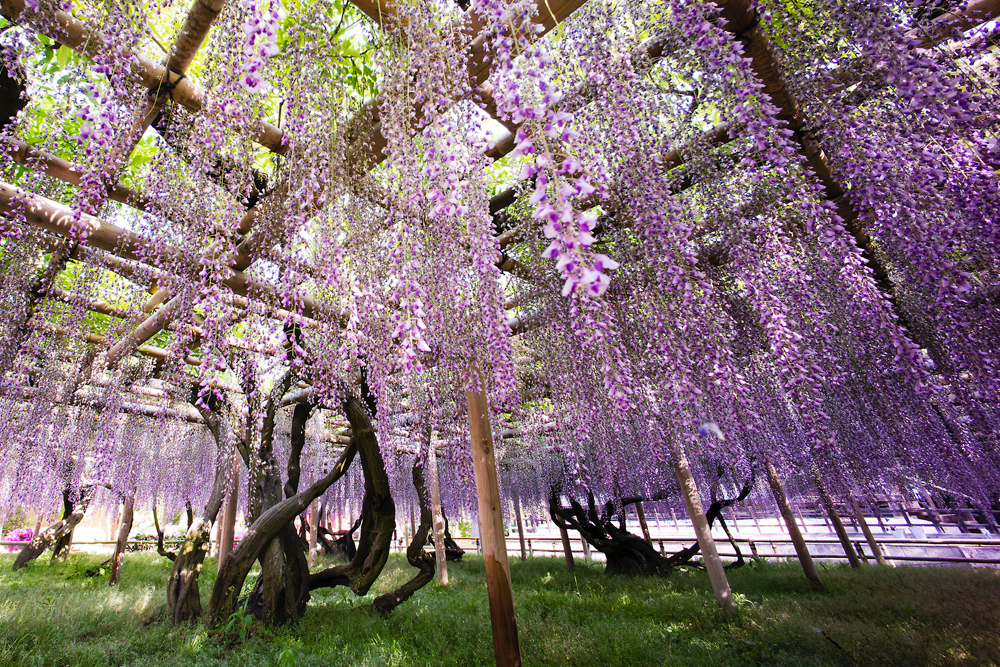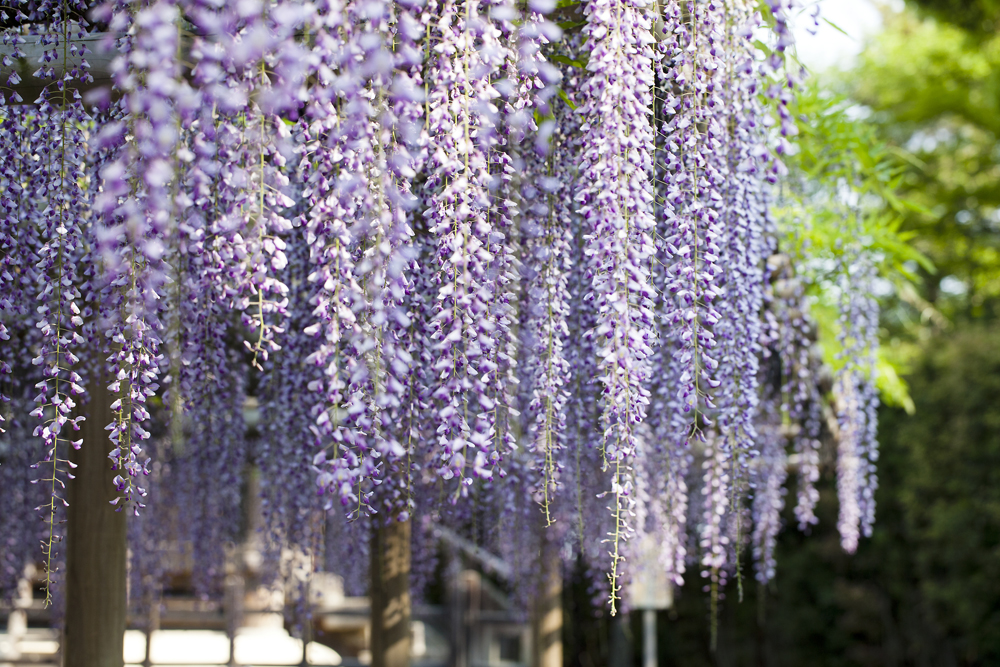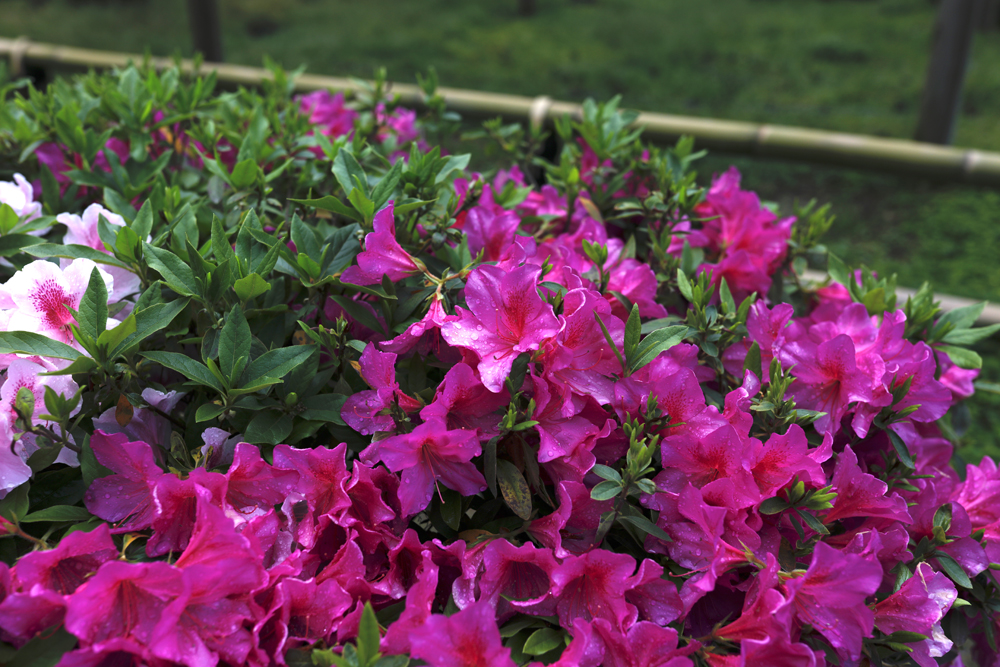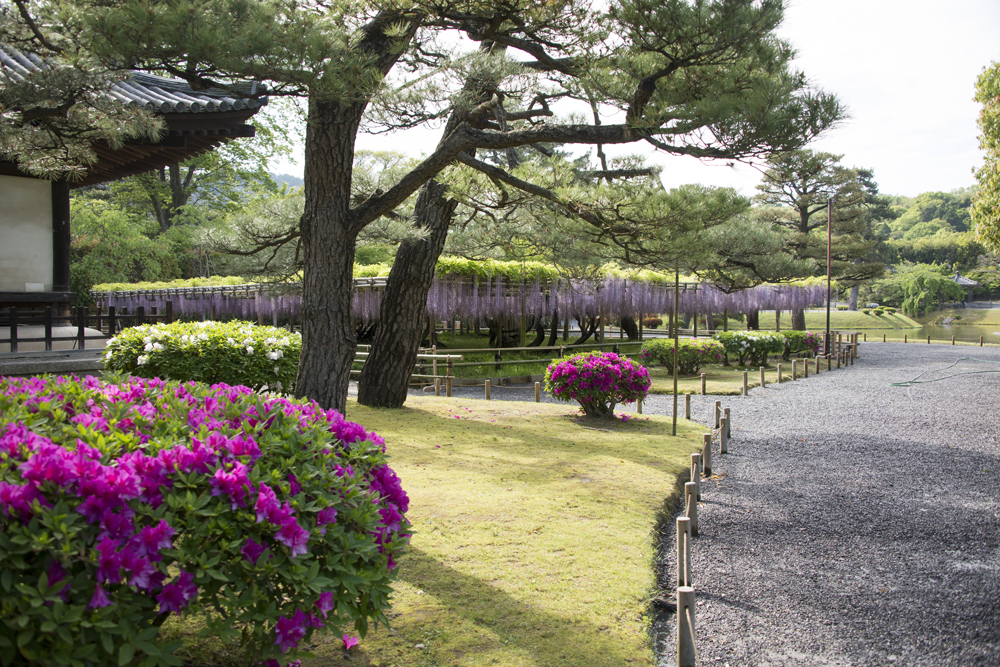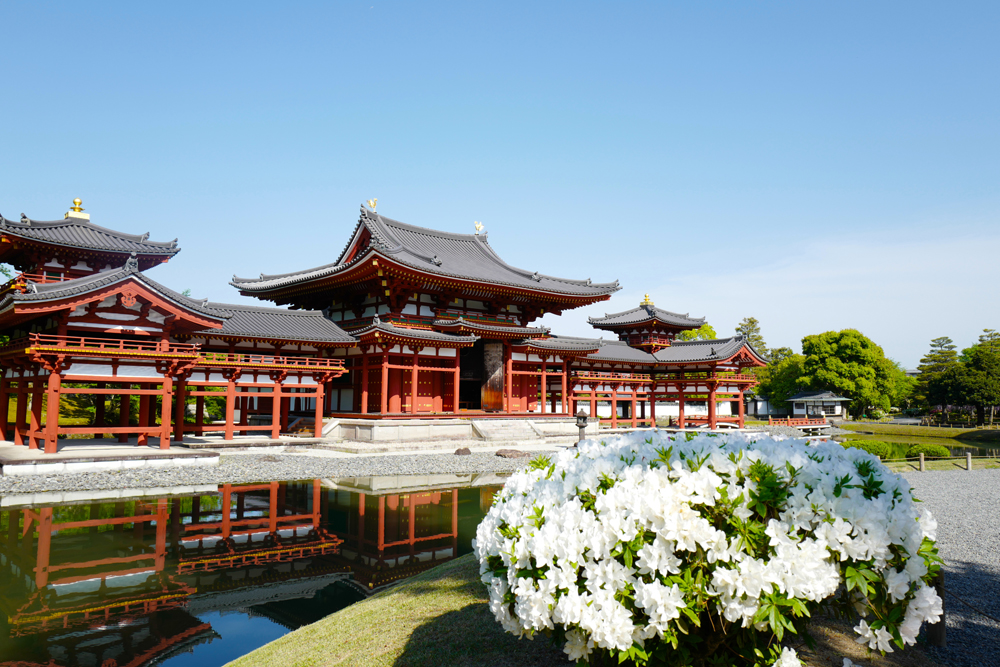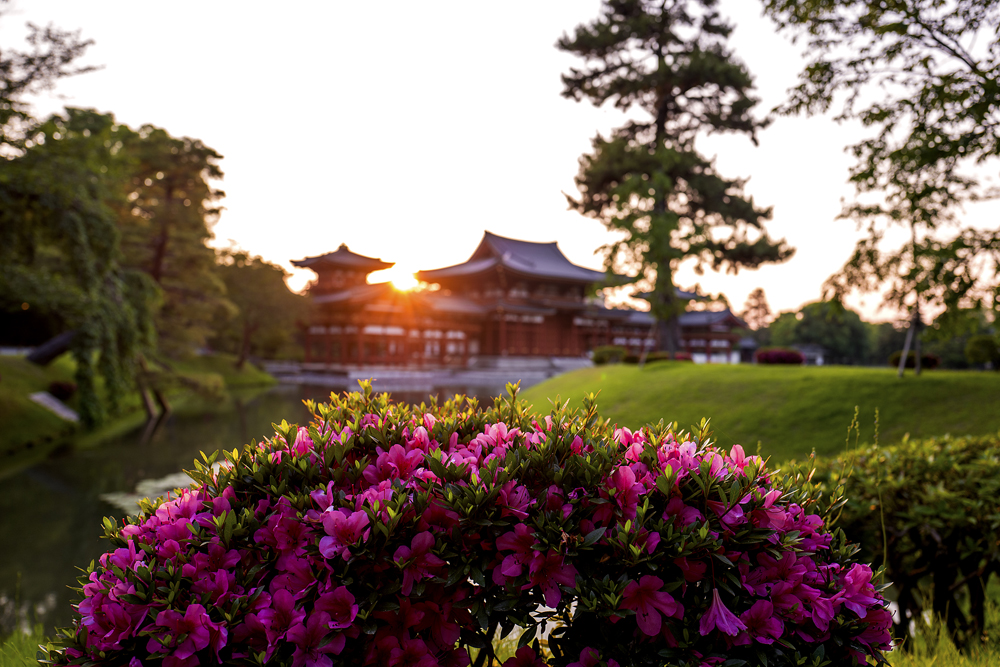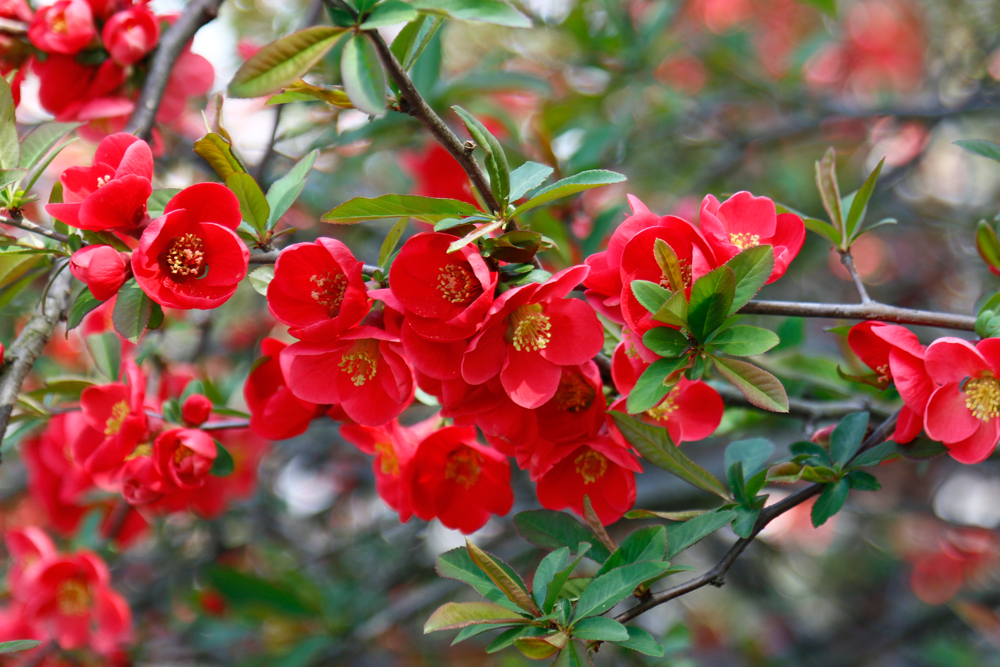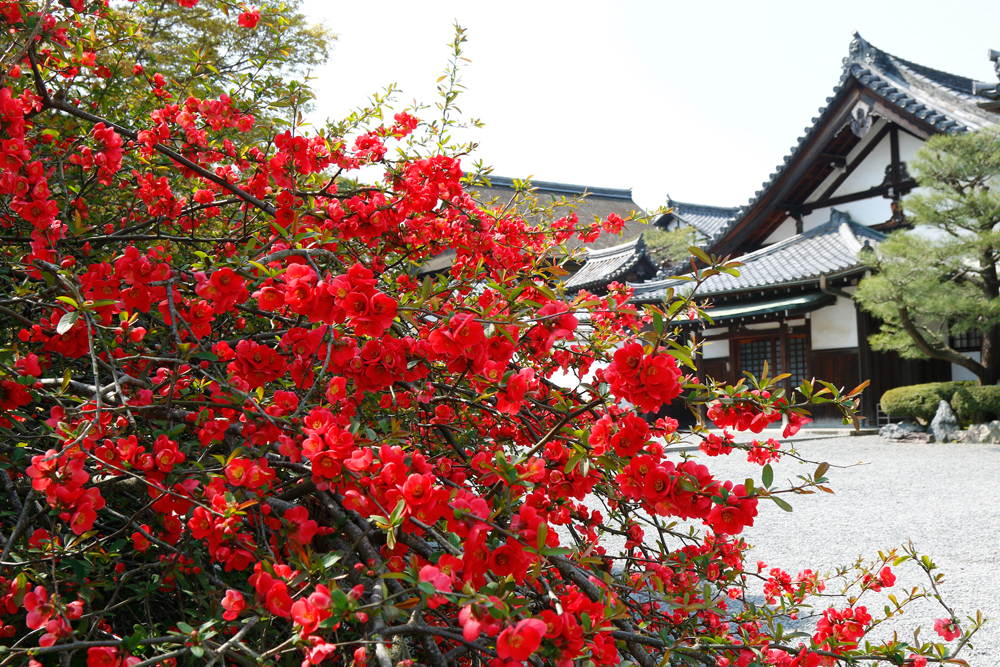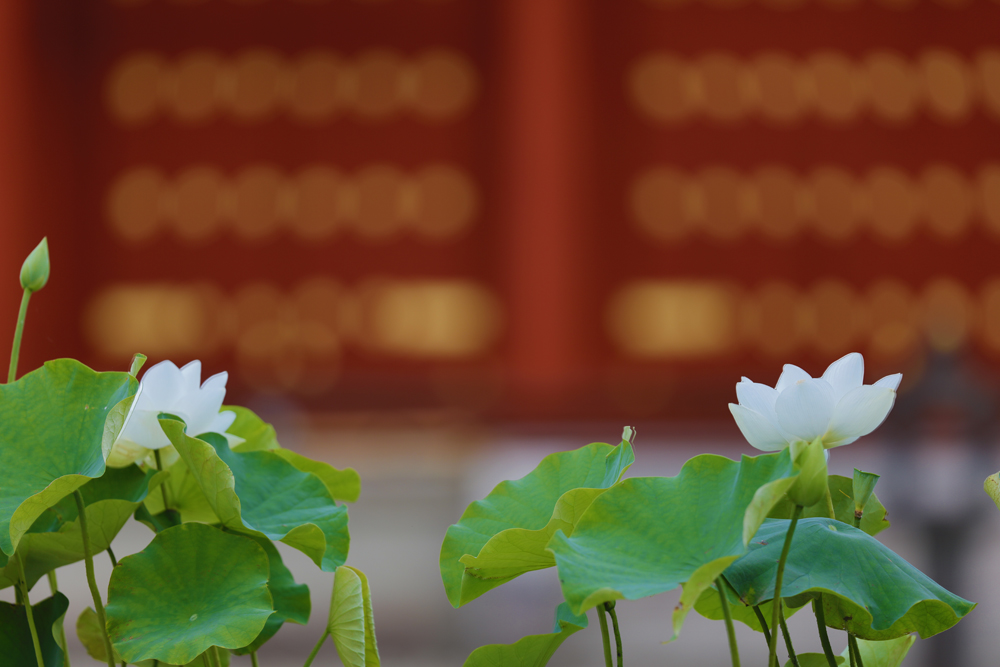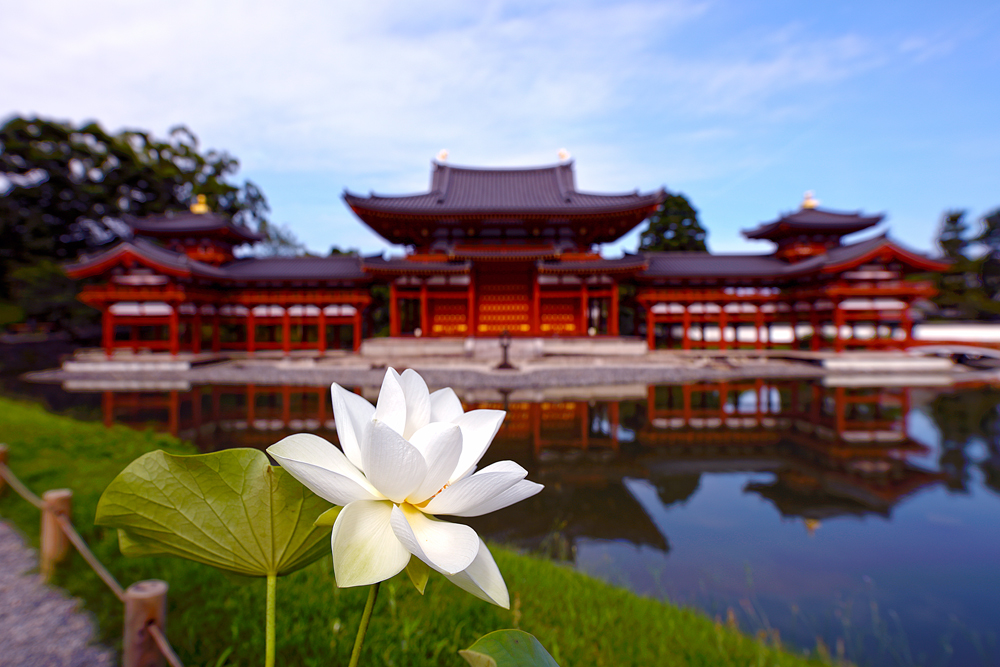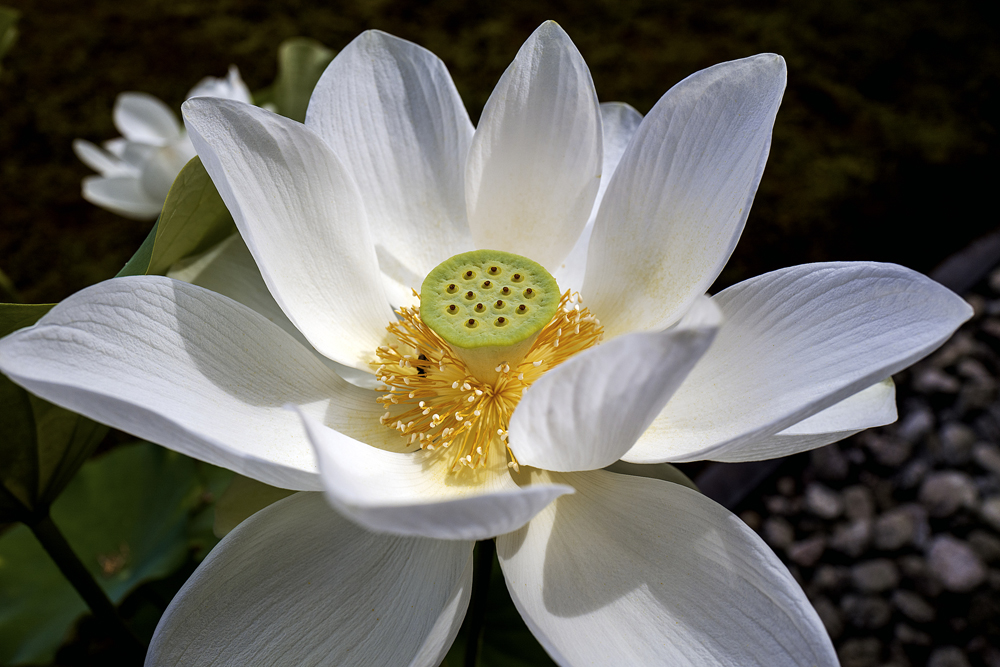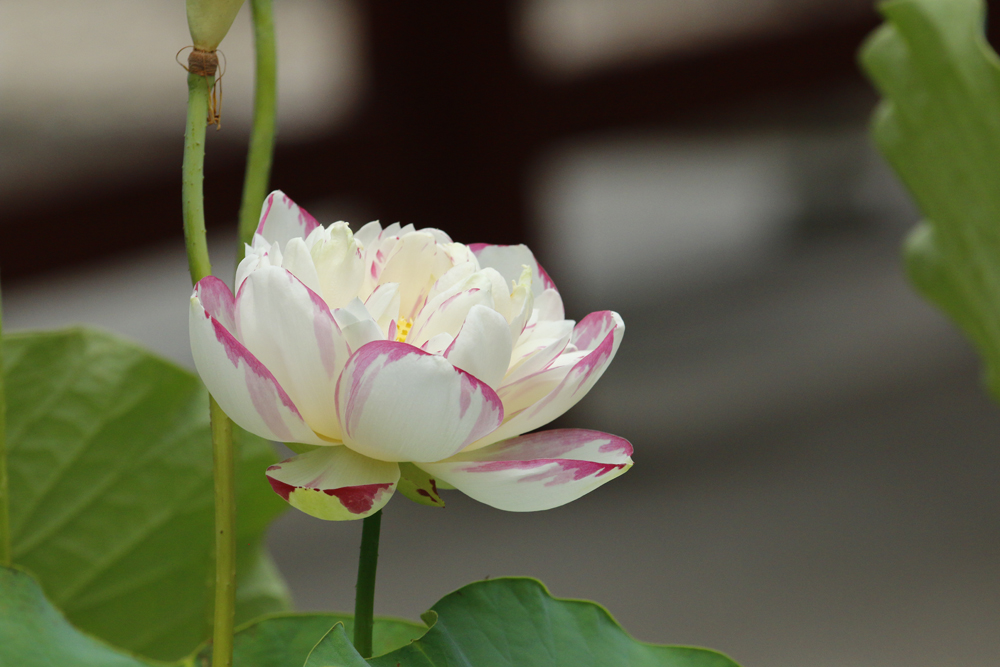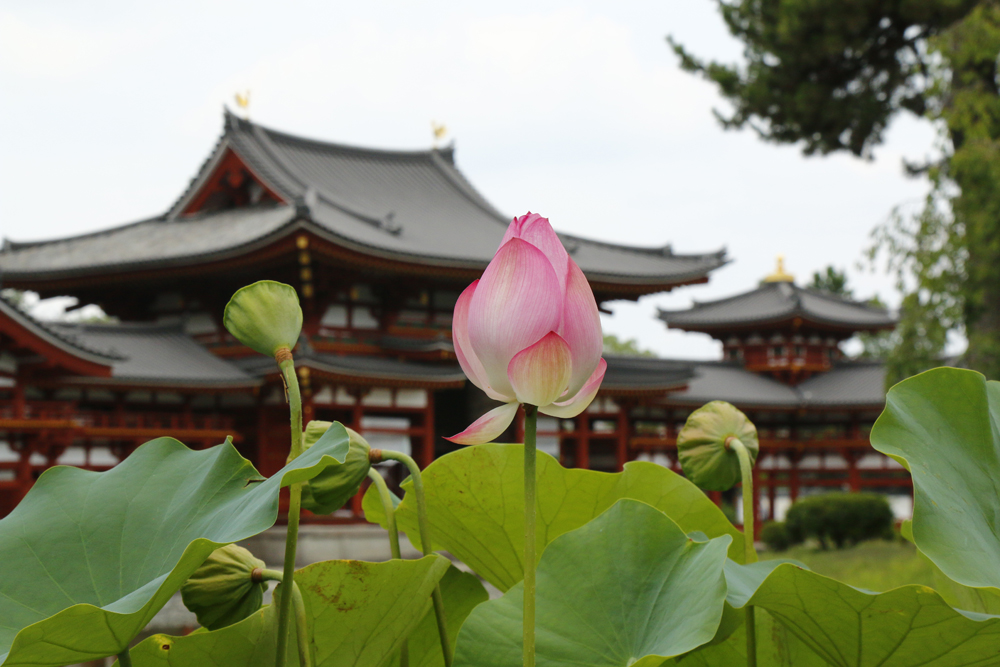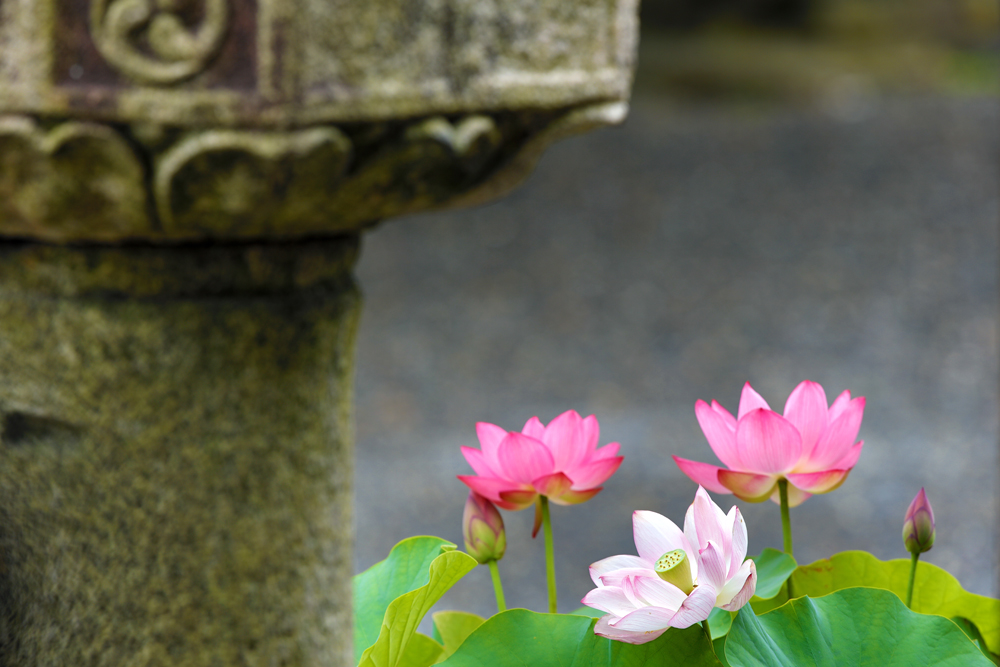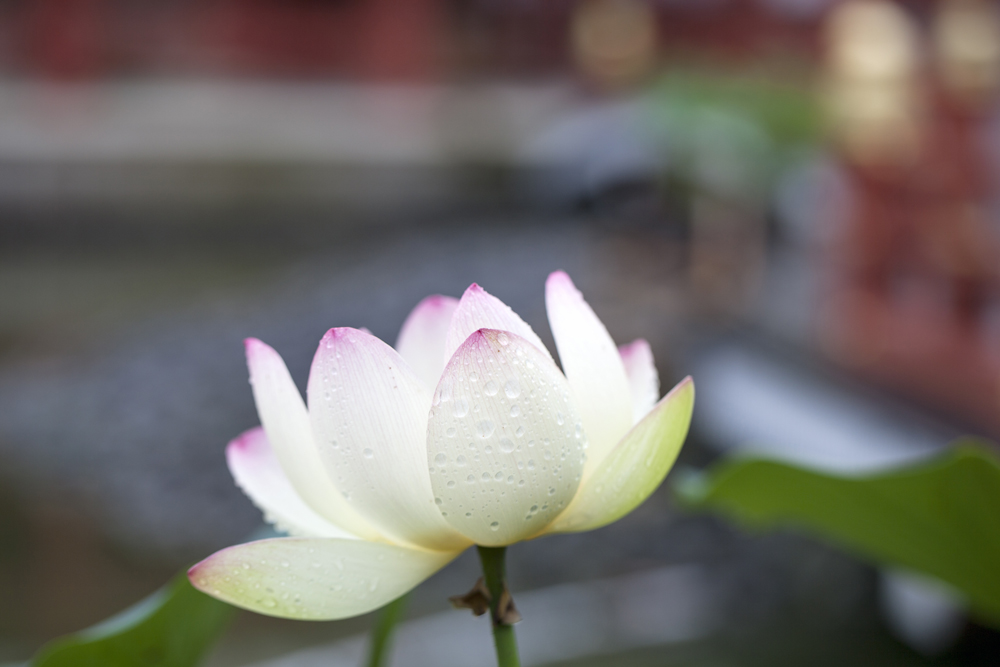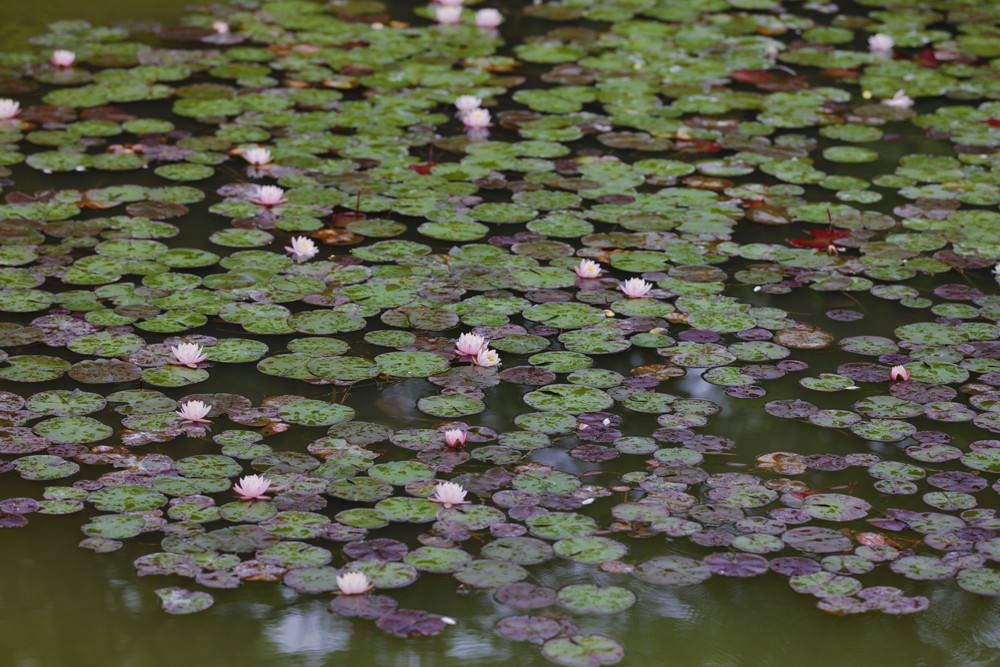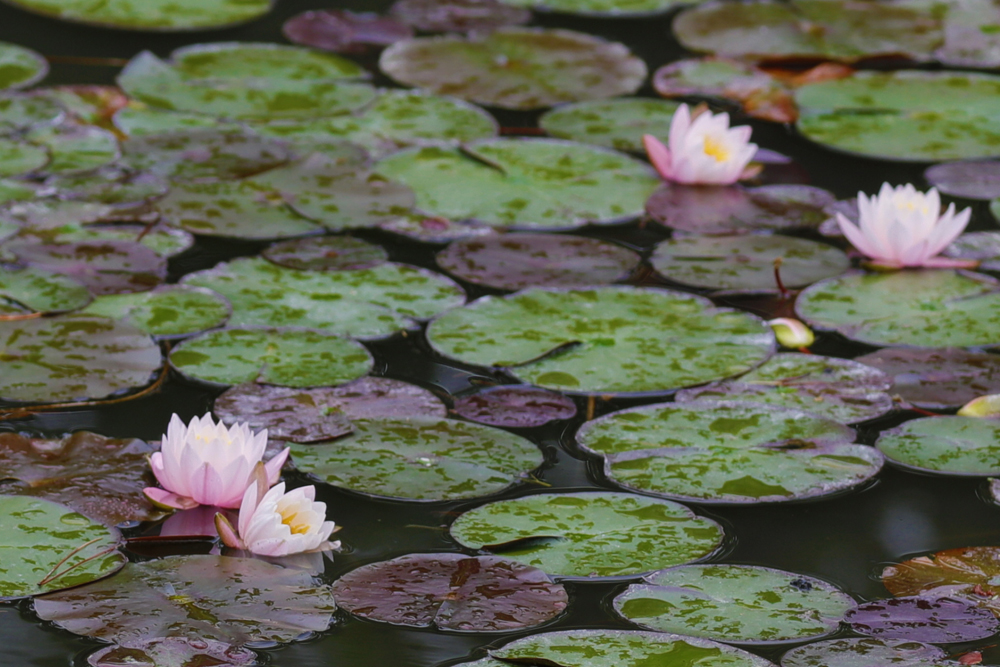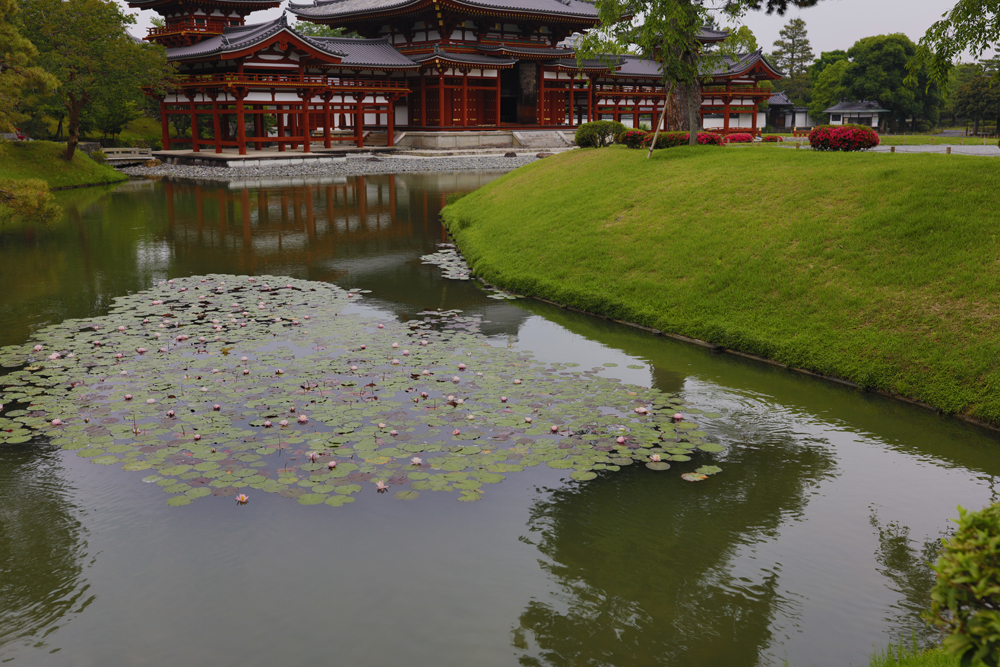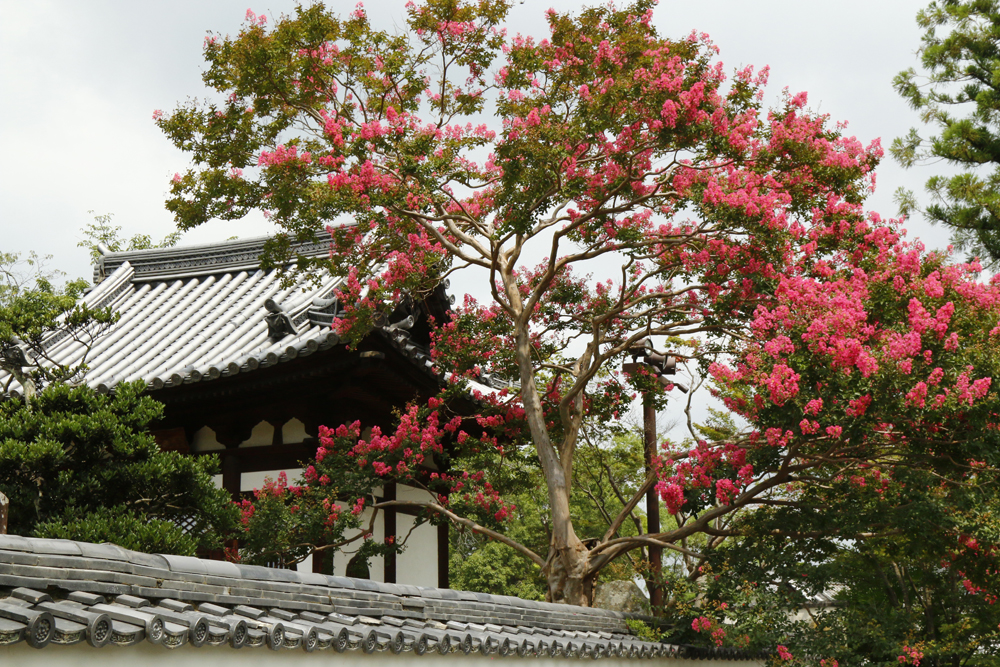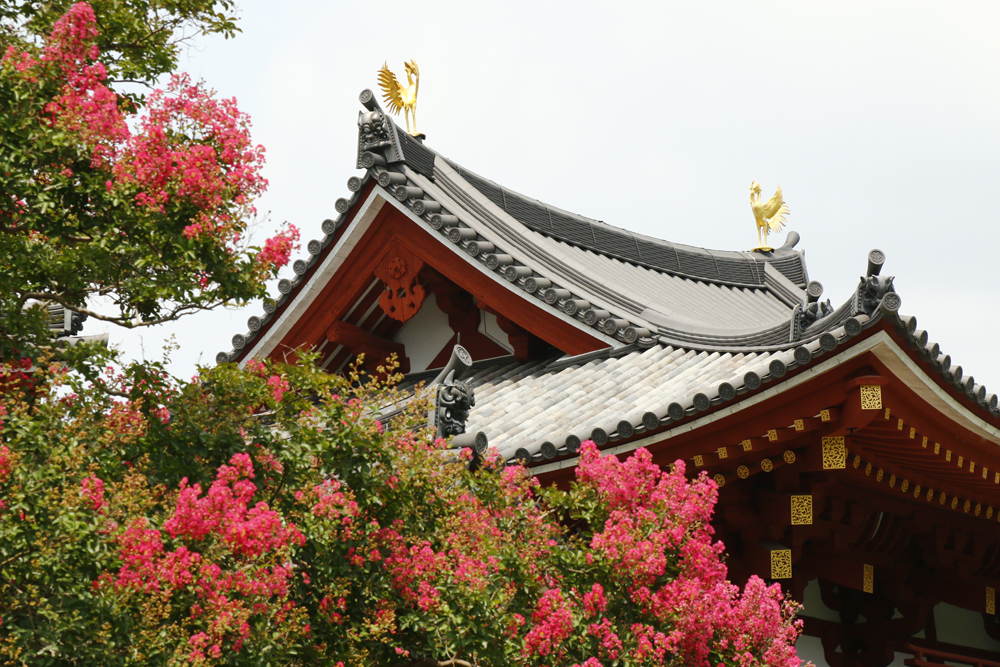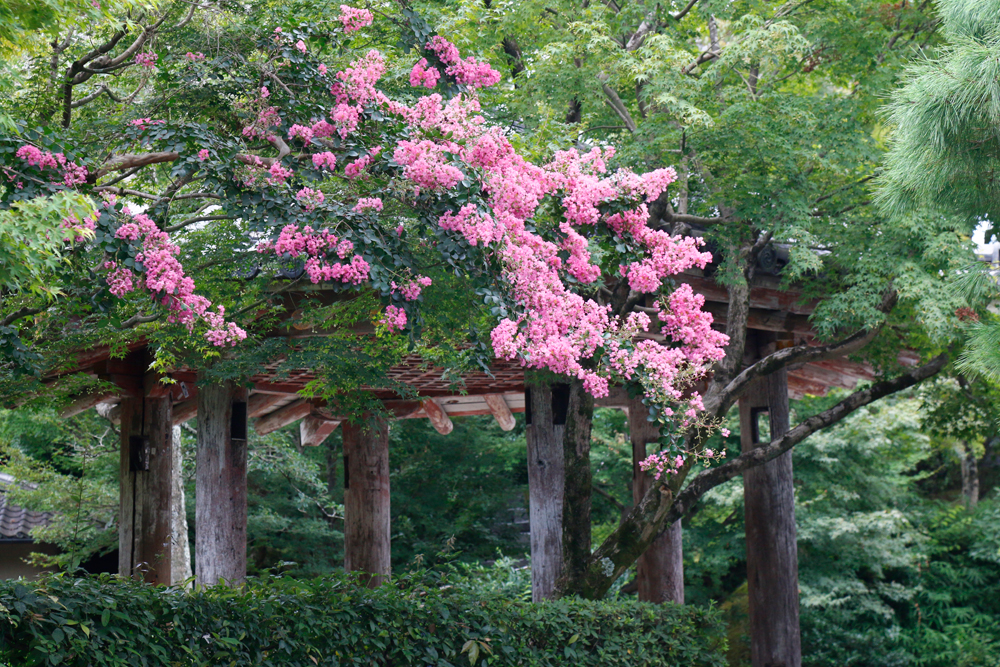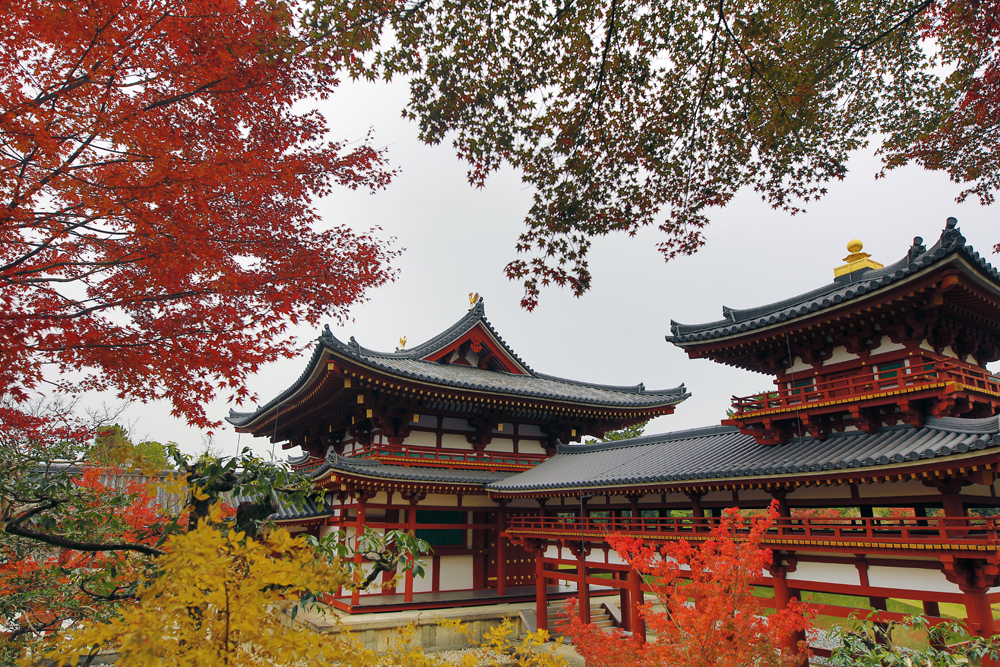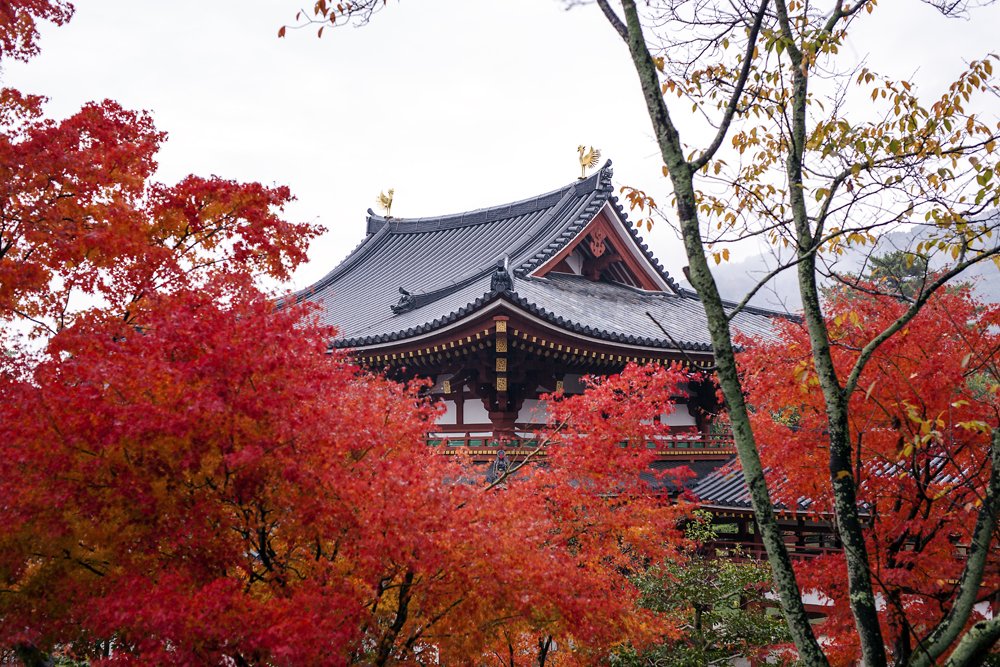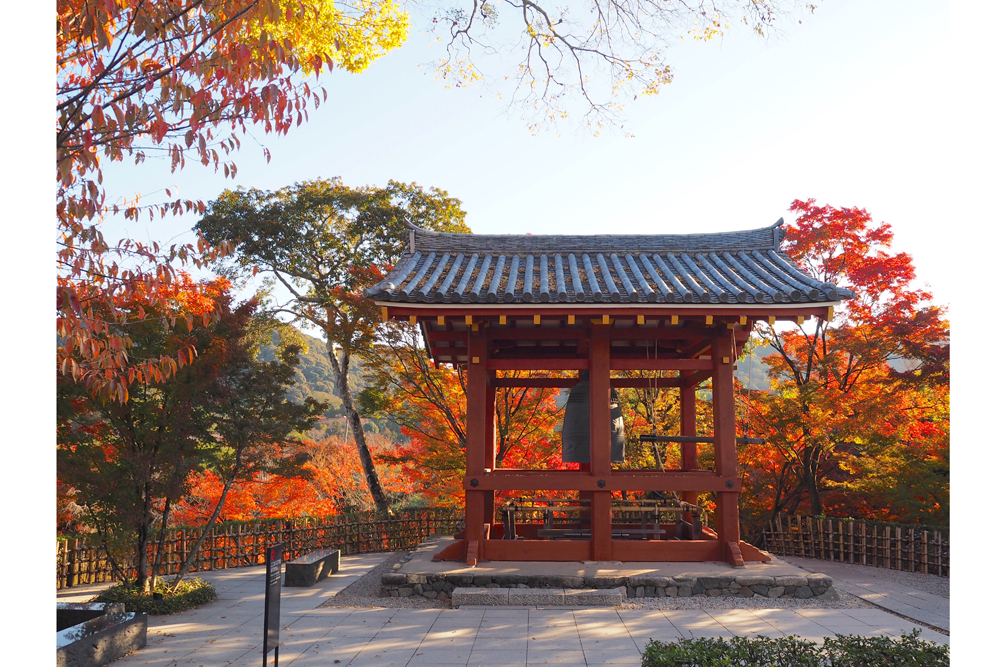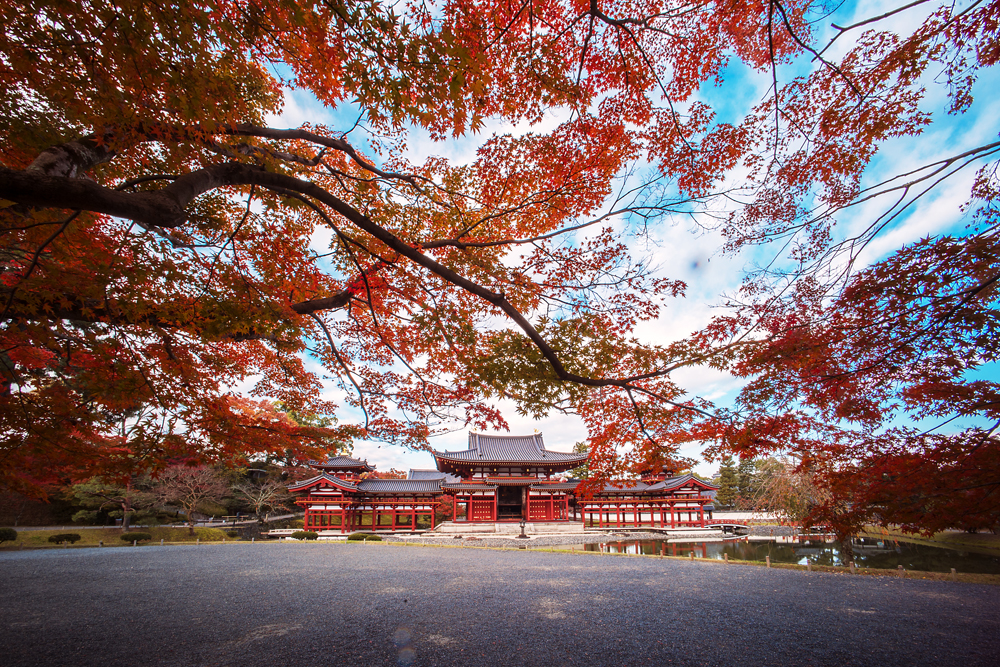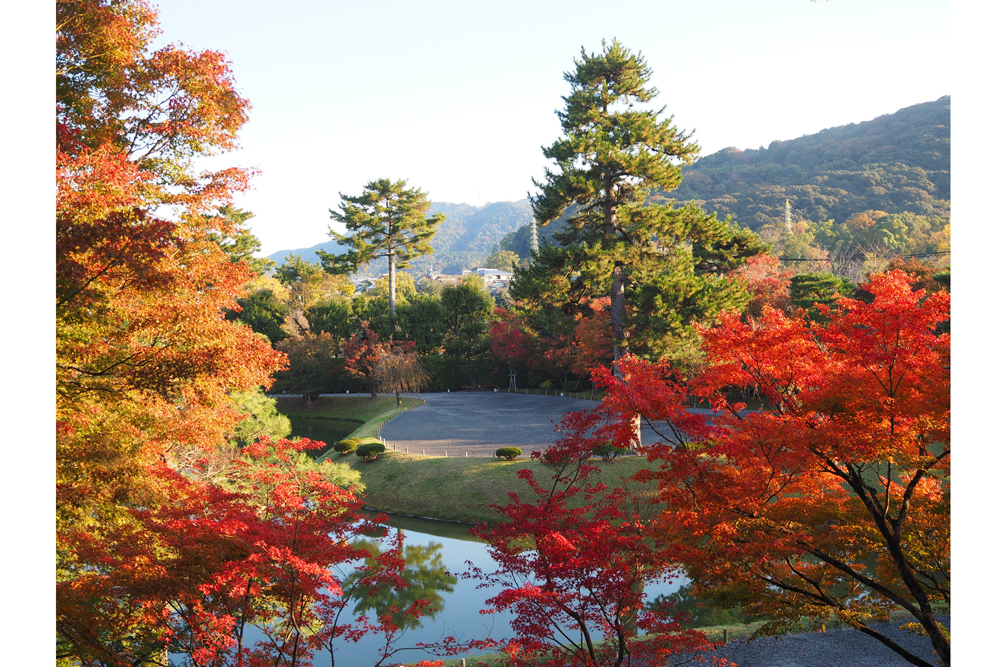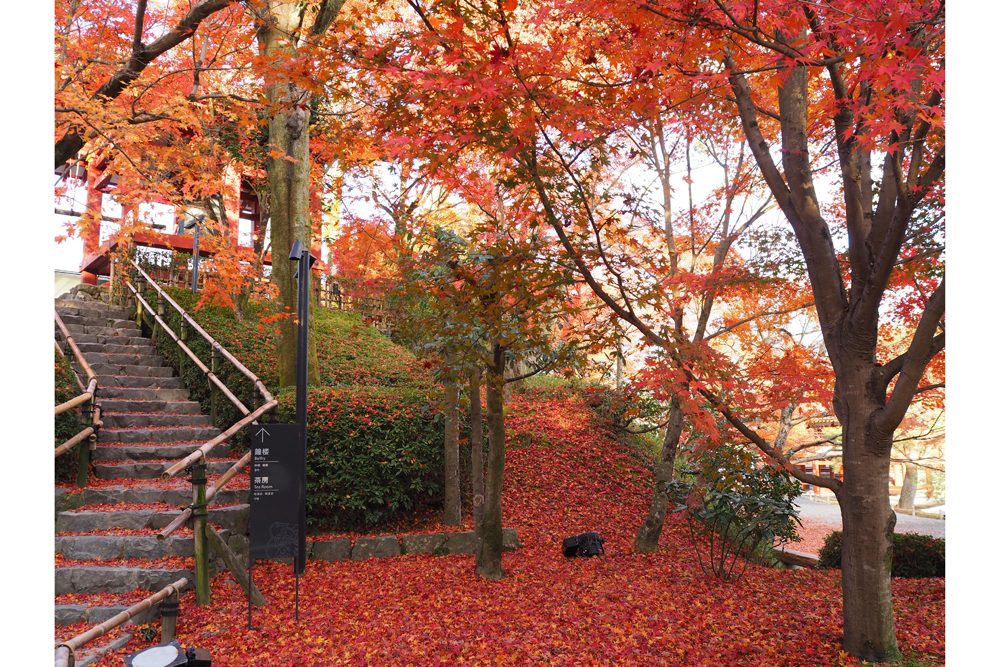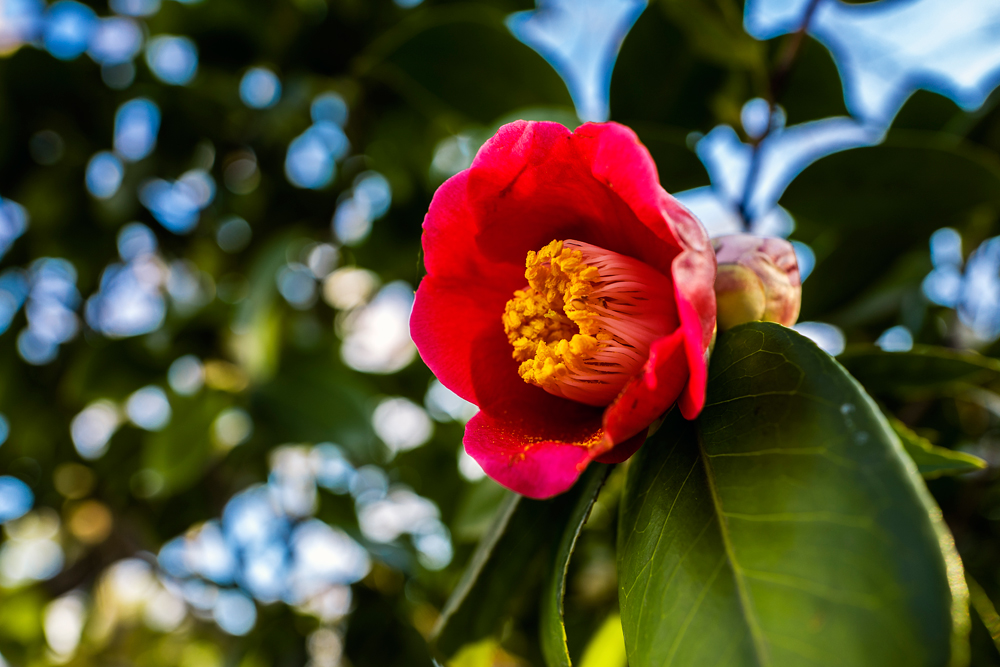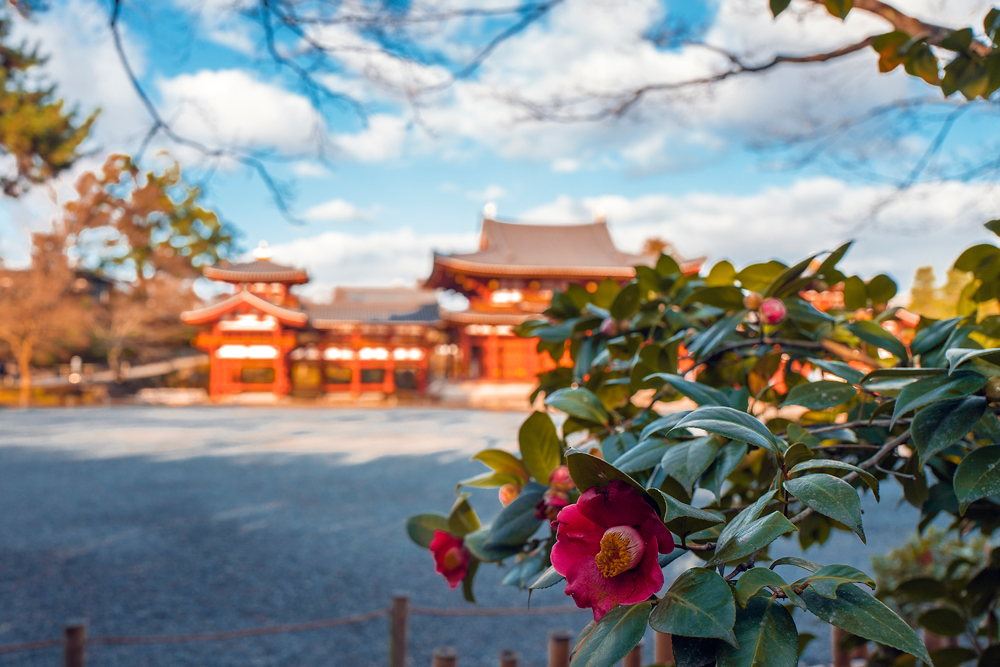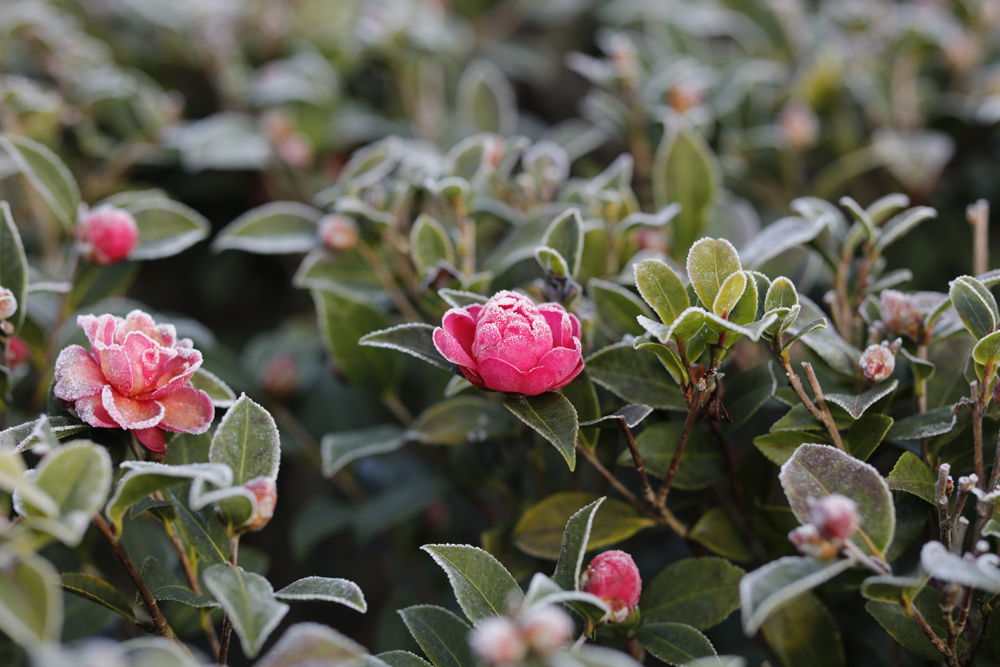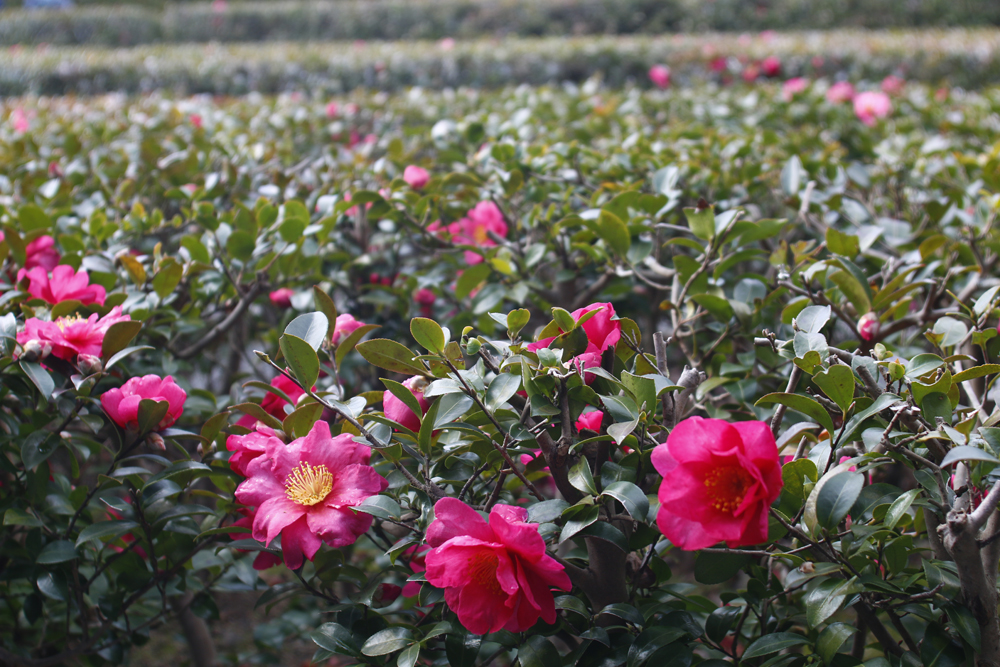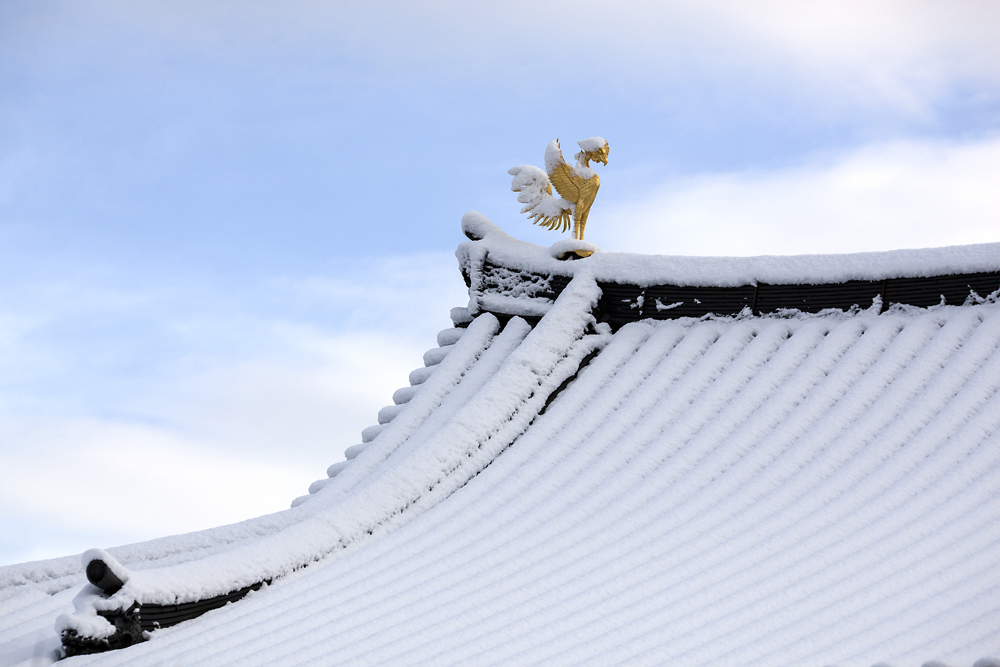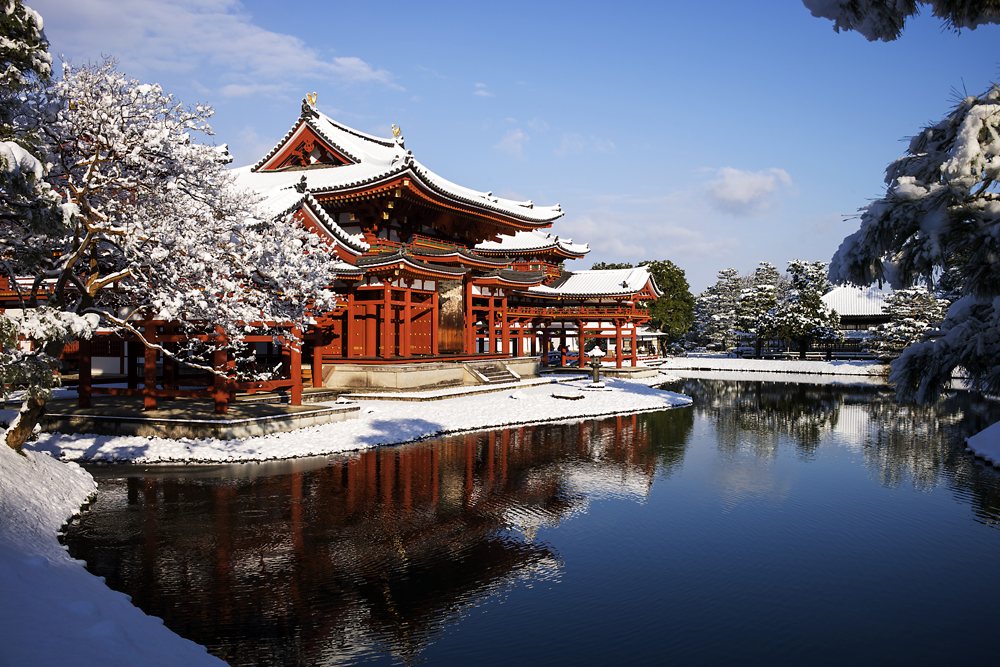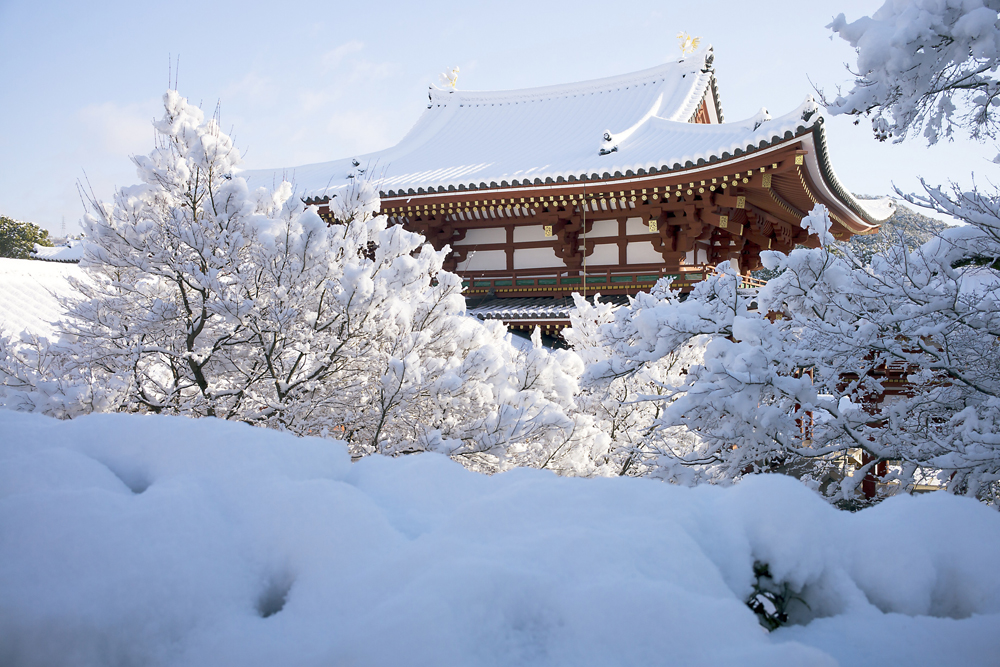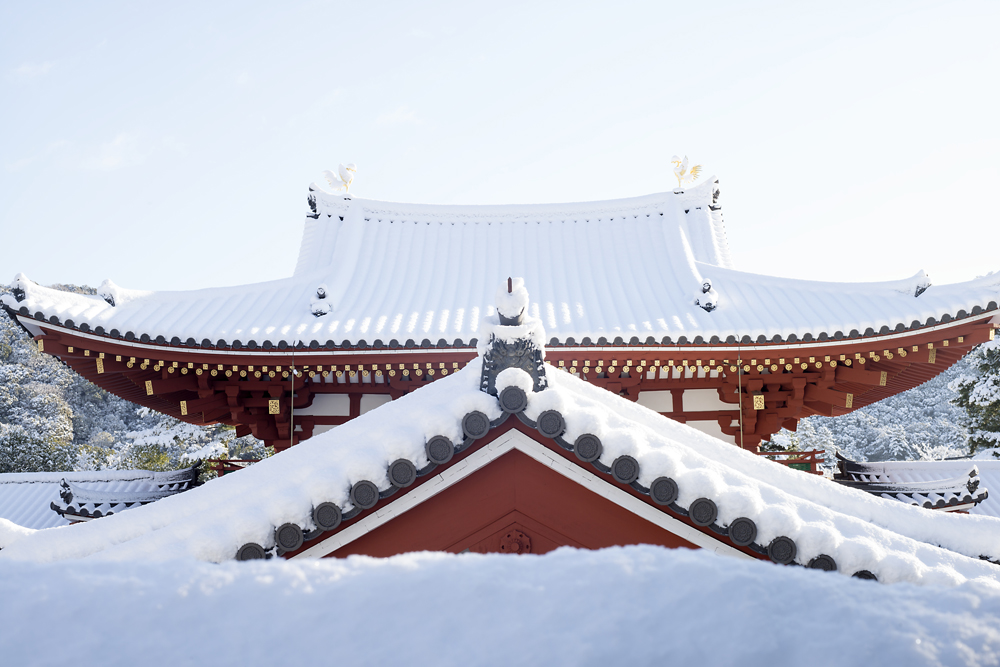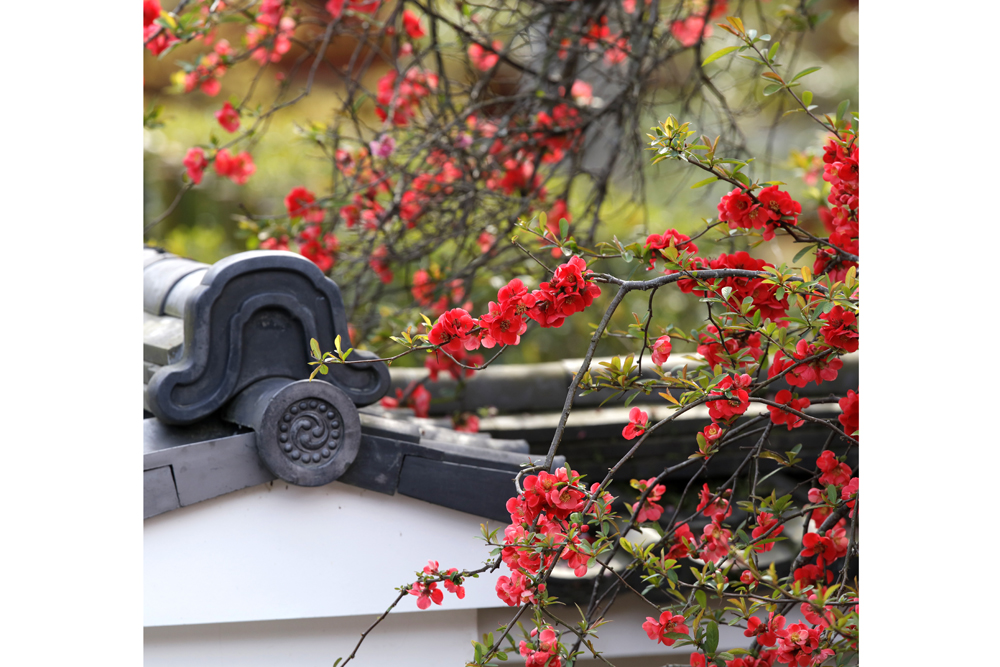Traditional Events
- March 2 Memorial Ceremony for the Regent Yorimichi (Kanpaku Yorimichi-ki)
Commemorating Yorimichi Fujiwara, the Regent (Kanpaku) at the time when Byodoin Temple was founded, this ceremony is the only ceremony that takes place inside Phoenix Hall (Hou-ou-do) noting the significance of the establishment of Byodoin Temple. The ceremony is held in March according to the present solar calendar which is around February 2nd in the lunar calendar since Yorimichi passed away on February 2nd, 1074. It is widely known as a ceremony welcoming spring to the southern part of Kyoto Prefecture.
General visitors can watch the ceremony from across the pond.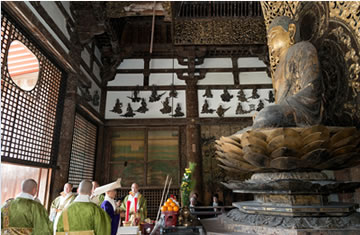
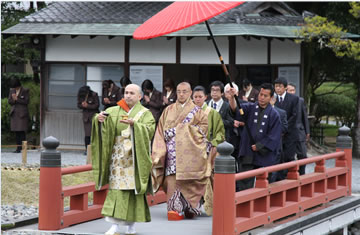
- May 26 Memorial Ceremony for Yorimasa Minamoto (Yorimasa-ki)
On May 26th 1180, a samurai warrior named Yorimasa Minamoto committed suicide on the lawn called Ougi-no Shiba in the precinct of Byodoin Temple after he was beaten by his enemy, the Heike Clan. In the ceremony dedicated to Yorimasa, Buddhist priests chant sutras in front of his grave at Saisho-in Temple and on Ougi-no Shiba lawn. General visitors can watch the ceremony.
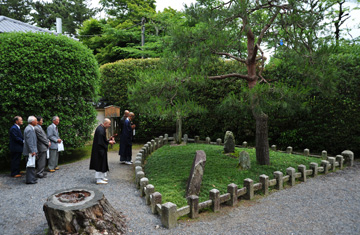
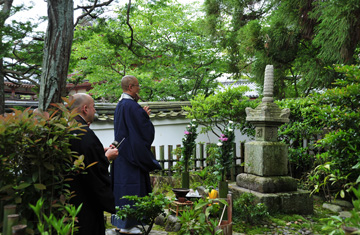
- December 31 New Year’s Eve Ceremony (Joya-e)
After a ceremony held at Phoenix Hall on New Year’s Eve, the large temple bell is rung 108 times around midnight. This is called Joya-no Kane and general visitors can join in ringing the bell from 23:30 (a group of people ring the bell together). Special ema (wooden votive tablet) with the design of the Chinese Zodiac animal of the year will be distributed on a first come, first served, basis.)
